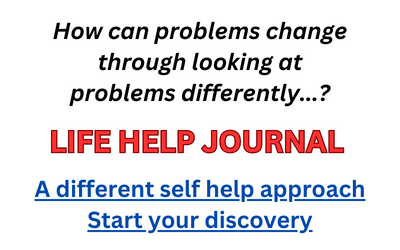For those people who have made the decision to disidentify with thought — as wholly identifying with thinking ultimately leads to suffering — a valuable tool in the process is readily available.
The body.
It can be quite easy indeed to return to identification with one’s thinking. Thinking at times can come on exceptionally quickly, and can also be stealth. Suddenly we are responding according to our thought processes instead of observing our thinking and being aware of the space between us and our thoughts.
Getting caught in our thought processes like this should not be viewed as absolute failure particularly when we eventually wake up, if you will, and realize that we’re immersed in thinking and so have become unconscious. The more we wake up from being immersed in thought, the more consciousness grows. Some people get to full consciousness suddenly, but for most it is a process filled with instances of unconsciousness.
So don’t get discouraged if it should happen to you. Consider it a common aspect of awareness growth.
But how does the body help with remaining conscious to our thinking? When were are immersed in thinking it shows up in the body as some form of tension. Perhaps a part of the leg muscles are contracted. Perhaps the jaw is clenched. The muscles of the shoulders may be tightened. There may be discomfort in the area of the solar plexus.
Contraction of the body in the absence of physical stimulus is a common indication that a thought stream is occurring. The body doesn’t inherently differentiate between an actual physical occurrence and thought, or the imagery created by thought. Stressful thinking occurs and the body believes itself within an actual stressful event.
What can change the body’s response to thought, eventually, is a disconnection from thinking. Once we have established a pattern of stepping back from our thinking and observing it, rather than identifying with it absolutely, the body will less and less respond to thought streams.
Initially however the body does physically respond to thought streams. Observe the body regularly then and check for physical tension. As we find tension, now become aware of the thinking causing the tension and separate from it — observe it neutrally, not denying or trying to change it but simply watching and listening to it.
Doing this will shine consciousness onto the thought and it will ultimately dissipate.
The body will respond to thought streams coming to an end by relaxing. Notice the difference in the body tension before and after there is consciousness about thought. Observe how the body feels when there is an unconscious thought stream ongoing versus when there is not.
Let the body be an insight for not becoming immersed in thinking. You may, at times, be unaware that you have become identified with a thought stream but your body remains aware and will certainly let you know as it happens.

